- Call us: 01444 237070
- Contact Us
- Stores
- Sign In / Register
-
- Back
- Used Cameras
- Used Lenses
- Used Video
- Used Film Equipment
- Used Stock Alert
- Used Accessories
- Recently Added Used Equipment
- Used Clearance
- Faulty
- Park Picks
- Sell or Part Exchange
- Trade-In
- Blog
- New in
- Call us
- Contact us
- Stores
- Sign in
- Categories
- Tips & Inspiration
- Reviews
- News
- Events
- Features
- Buying Guides
- Competitions
Sony a9 A Mirrorless Camera for Professionals
With the introduction of the Sony a7 range of Full-Frame cameras the gauntlet was really laid down by Sony - with their smaller footprint, ability to use lens adaptors for old or alternative brand lenses to be attached and an ever increasing range of exceptional original manufacturer lenses.
Since this range was introduced there has been an influx of 'Why I made the move to Sony/Fuji/Olympus' articles from professional photographers from all kinds of environments, which is the kind of ringing endorsement all these manufacturers want to see.
The one field that Mirrorless has found a bit harder to satisfy is the one where they require something that focuses fast, and shoots just as rapidly. The Olympus OM-D E-M1 Mark II was the first of this type to answer more of those critics, and the Sony a9 has now burst onto the scene to offer up their version of this.
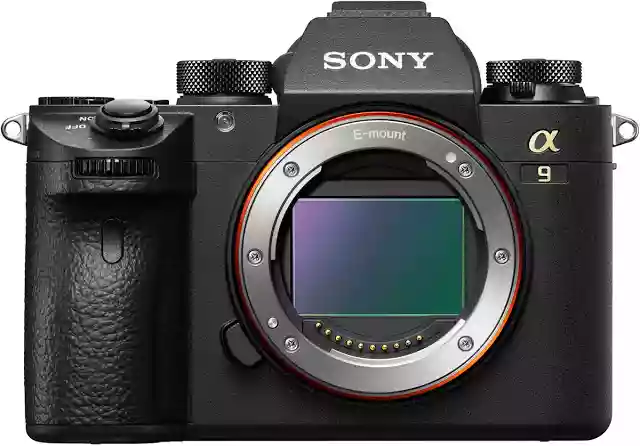
This isn't the only feature tempting photographers towards the Sony Mirrorless bandwagon - it's almost as if they've listened to everything that has been previously discussed as a negative in the past and rectified it.
Shooting Speed
This is undoubtedly the 'game-changer' for the a9.
Although previously professional snappers have been moving towards the a7 it has been limited to those who don't require the fastest of image capture - a wedding, street or studio photographer won't necessarily require the speediest cameras.
However, those whose day-to-day jobs or hobbies require something that can handle a sportsman moving at pace or a bird in flight need something that can handle both the focusing and capturing speeds to ensure that they can get 'that' shot.
We declared the Olympus O-MD E-M1 Mark II a game changer for sports and wildlife photography back in September when the flagship Olympus mirrorless camera was unveiled at Photokina 2016 with its 15 fps capability in continuous mode.
At 20fps with full AF/AE tracking the Sony a9 puts it above Digital SLR cameras of a similar stature - meaning that both this camera and the Olympus E-M1 Mark II have opened up the smaller form camera to those in this field of photography.
There is also the element that Sony claim to have eliminated shutter blackout in this mode - something that has been found in Mirrorless cameras in the past, where there was a bit of lag in the EVF making tracking your subject a trickier affair than when using an optical viewfinder found on a DSLR.
It isn't just about that 20fps figure either, what is pretty outstanding is the built-in RAM that is capable of letting you shoot 241 14-bit uncompressed RAW images in a go, or for those not bothered about post-production an absolutely staggering 362 JPEGs. It's a dream number of images, although a nightmare for those who have to sort through them all after an intense session of shooting.
Autofocus
As above really, with a need for capturing those things that move faster than a bride who is weighed down by nerves and a heavy wedding dress, or a model who wouldn't get out of bed for less than £10,000.
AF has a huge part to play in continuous shooting - as it is no good taking 20 pictures in a burst if the camera can't actually track that subject for those 20 images. So with full AF/AE lock tracking at shutter speeds greater than 1/125s you can be safe in the knowledge that it can keep up.
A subtle change to the rear controls on the a9 over the a7 range is the additional focus joystick now present - this is something pro photographers who have used Canon or Nikon cameras in the past will be familiar with.
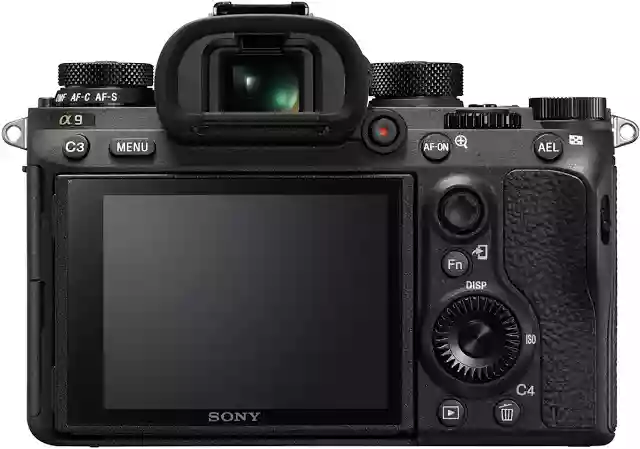
Battery Life
DSLRs are absolute beasts when it comes to battery life, owing to the fact that their larger form can cope with a larger battery and they don't have an Electronic viewfinder to sap energy either.
This doesn't really affect the average mirrorless camera user as they will be quite content with the few hundred shots they can get from a single battery, however to be a player in the pro-market you are going to have to be able to offer something more punchy.
The Sony a9 does this. With a battery claiming to be roughly 2.2x the power of the older variety found in all a7 cameras, this camera can now offer 480 shots on a single charge - all whilst using the EVF, and 650 using the live-view LCD - which itself now offers touch focusing.
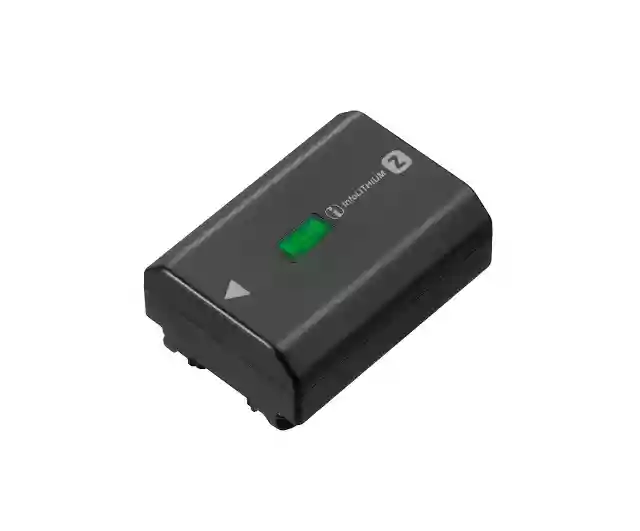
High Resolution EVF
Electronic viewfinders aren't everybody's cup of tea, as it will be incredibly difficult for something electronic to mimic the optical viewfinder's actual real-life as you see it capabilities.
One thing sitting firmly in the positive corner for EVFs is the ability to see the actual shot that is being composed, so if your settings are slightly off you will know it - your picture will be as you see it. Probably not a huge issue for professional photographers who aren't amateur enough to over or under expose, but a huge boon for the wealthy amateur.
This EVF packs a punch too, and raises the standard to those found in the Leica SL and the recent mirrorless medium format Fuji GFX-50S.
With 3,686k dots (or 3.68-million) the 'Tru-Finder' is bridging that gap between optical and electronic, and has twice the luminance of the EVF found in the Sony a7R II.
Sony themselves tout this as a more natural experience, which crushes the arguments against EVF use.
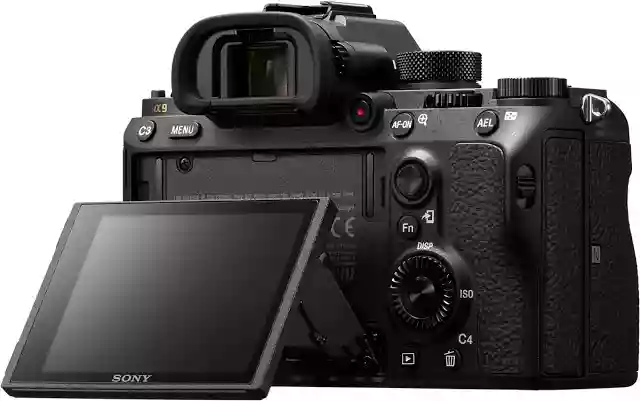
Dual SD Card Slots
A simple yet effective addition to the Sony a9 to make sure it is pro-standard is the dual SD card slot, one of which can handle the faster UHS-II standard of SD cards for faster writing of images to the card - which will go a long way to help grabbing those 240-plus RAW images in one go.
(See here for a breakdown of the 'Bus Speed' differences in UHS-I and UHS-II)
This again is a feature aimed towards the pro user as shooting in RAW obviously takes its toll on your memory cards owing to the larger nature of the files output from the camera - either way you shouldn't be running out of capacity too soon.
The same applies for 4k-resolution videos and their memory intense requirements - the Dual SD Card slot will certainly come in handy.

5-axis Image Stabilisation
A slight red herring here as this isn't a new and improved feature in the a9.
However it is certainly a feature that is more ever-present in mirrorless cameras - and is making the transition to more DSLRs too - in fact, we stated it as a reason for making the move to a mirrorless camera in our blog.
The 5-axis stabilisation has been a mainstay of the a7 family since the introduction of the Sony a7 II to the market in 2014.
This makes for some absolutely excellent low-light and handheld shooting capabilities from this camera and is also one of the reasons why their cameras have been so popular a choice for mounting weird and wonderful lenses from yesteryear on. (Like the time we chucked the Canon Dream Lens on the Sony a7 II).
4K Video
This image stabilisation is also great for people wanting to shoot video, as it makes for a greater handheld experience when filming means that people aren't watching the Blair Witch Project when they're viewing your footage.
Sony are often at the forefront of video technology as it has been their bread and butter for numerous years, and 4K video is captured at its highest possible quality within the a9 thanks to its lack of pixel binning and oversampling at 6K.
Effectively this means you are recording footage in 6K which is then shrunk down to 4K to maximise quality potential. It also means you can use all of the sensor to record footage, as 4K actually requires a smaller amount of the sensor than the sensor can offer (if that makes sense!?).
Connectivity
The average Joe isn't going to be too fussed about the new Ethernet port built into the side of this camera, but the not-so average photographer is going to be delighted that they can plug their camera into a reliable source of bandwidth to transfer their photos via FTP or FTPS (for encryption).
Another feature that will have been well considered by Sony when building this camera, as many people they want to attract will require sending of images to either an agency or newsroom to earn their keep.
Menus
The inclusion of 'My Menu' is another clever move from Sony, as they know to keep up with the needs of the professional they will need to offer a custom menu system to suit their user's requirements.
One photographer may find it very useful to switch between focus modes whereas another may want to format their cards regularly - either way 'My Menu' gives that freedom of choice.
This goes hand in hand with the ever increasing number of custom buttons adorned on to the front and rear of their higher end mirrorless cameras!
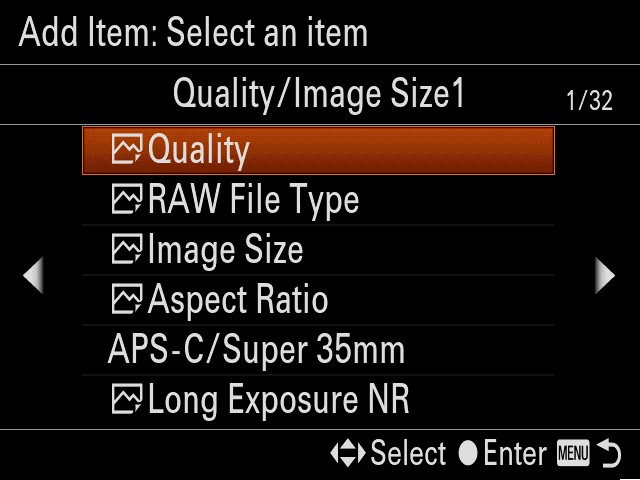
Build
The camera looks-wise isn't a huge surprise - literally. It doesn't stand out as a massively different looking camera to the a7 series, but if it ain't broke.....
In fact, the body itself is only different in that it is 0.1mm shorter than the a7R II and 8% heavier.
What does that 8% equate to? Well, it is the difference between 673g and 625g - so a not so much heavier 48g difference (I'd like to think of this as a generous bowl of cereal minus the milk).
Once again we see a magnesium alloy body for weather proofing, with a rear tiltable LCD screen that isn't fully articulated.
We already mentioned the new focusing joystick on the back of the camera, which is joined by an additional dial to change drive mode - which is obviously appropriate with the theme of shooting speed.
Range of Lenses
If you are going to aim for the sports and wildlife market then you are going to need the relevant optics to put your money where your mouth is.
Thankfully at launch, a touch of genius, there was the exciting announcement of a new G-Master lens; the Sony FE 100-400mm f/4.5-5.6 GM OSS telephoto lens.
This is the longest lens available for Sony's E-mount, but undoubtedly not the last of this focal range that we will see now we have a viable camera for its use.
It joins the other G-Master lenses, which are Sony's attempt to corner the pro market with exceptional optical quality and lens build suited to the great outdoors.
Other G-Master lenses include an 85mm f/1.4, 24-70mm f/2.8 and 70-200mm - all focal lengths that you would expect to see from a manufacturer who want to corner every possible market available to them.
Sony have been bolstering the E-mount range for the last couple of years, and now have a more than respectable range of excellent optics - as well as the superb stuff that ZEISS have been releasing, namely their Batis range which recently saw the lovely ultra-wide angle ZEISS Batis 18mm f/2.8 lens released.
Take a look at our lens buying guide to see some of the exceptional lenses available to you if you make the switch to Sony's a9.
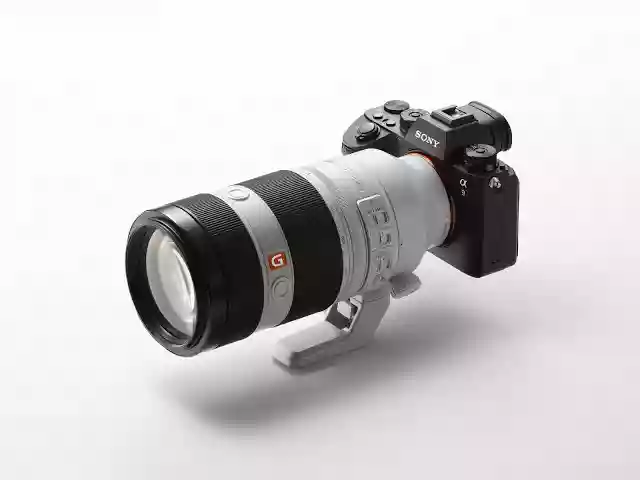
The Sony a9 will be available from Park Cameras as soon as it is released in June of this year.
If you wish to pre-order visit our website or speak to one of our sales team on 01444 23 70 70.
Further Reading
The 14 Best Mirrorless Cameras in 2017
Mirrorless Camera Buying Guide 2017
Park Cameras Calendar Competition Results
Sony a9 vs Sony a7 Series Comparison
Share this post:
By Park Cameras on 20/04/2017

Trade in your old equipment
Fast and easy trade in service ensures your old gear is collected efficiently and you are paid quickly! It's very simple to trade in your unwanted photography gear. Just head over to our dedicated Sell or Part Exchange page, fill out the details, and we'll get back to you with an offer for your old gear. Take the cash, or put it towards the cost of your new gear. It's up to you! Find out more
sign up to the newsletter
Keep up to date on the latest photography news, events and offers. Sign up now
